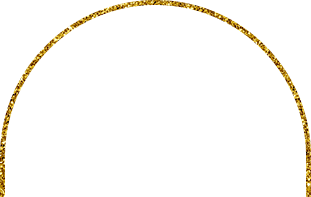Testing honey for purity at home can help ensure you’re consuming quality products. Here’s a quick breakdown:
Water Test: This method is simple, where pure honey settles at the bottom of a glass of water without dissolving, while adulterated honey dissolves easily. While this is effective, its reliability can be affected by honey type (raw or processed), as raw honey is denser than processed. Flame Test: By dipping a cotton wick into honey and attempting to light it, pure honey burns cleanly, while adulterated honey with added water crackles. This method is practical but should be done with caution due to potential safety risks. Crystallization: Genuine honey tends to crystallize over time, while fake honey stays liquid. However, some types, like acacia or eucalyptus honey, naturally resist crystallization, so this method isn’t foolproof. Certifications: AGMARK and USDA Organic are trustworthy, but it’s always wise to verify independently. These certifications indicate a level of authenticity, but they don’t guarantee purity from all adulterants. Advanced Tests: Lab tests can detect glucose syrup and other added sugars, but they aren’t feasible for home use. Home Testing Kits: Some kits claim to test for purity and adulteration. Researching reviews and user experiences can help determine their reliability. Ultimately, combining methods like water tests and checking certifications can offer a good indication of purity.
Testing honey for purity at home is a handy skill, especially with so much being said about adulteration. Let’s talk about the methods you mentioned and a few more insights!
The water test is pretty straightforward. Drop some honey in a glass of water and watch it settle. This test can be fun and quick, but it’s not foolproof. While pure honey tends to sink, the texture and natural variation in honeys, like raw or organic, could have some inconsistencies. Sometimes certain types of honey can be runnier, causing them to mix more than expected, even if they’re pure. Also, note that temperature can play tricks — warmer honey might seem less dense.
Now about the flame test. Dipping a cotton wick into honey and trying to light it is a neat idea, but please be cautious. Safety first! This test’s reliability depends on your honey having minimal water content. But some honeys naturally have higher moisture, complicating matters, so not every non-burning honey is necessarily impure. Practice caution if you try this at home — we don’t want anyone setting the kitchen on fire.
Crystallization is an intriguing aspect. Over time, genuine honey does tend to form sugar-like crystals. But some varieties, like acacia, resist crystallization naturally. Storage conditions also play a part, so it’s a puzzle. Still, if your honey stays all liquid forever in the back of your cupboard, maybe that’s a hint it’s been tampered with. Maybe, but not always!
Regarding certifications like AGMARK or USDA Organic, they do add a layer of trust, but remember, they’re not all-knowing either. Fraud and lapses happen sometimes, so being a little skeptical is healthy. Independent checks at home can complement certifications nicely.
For advanced testing, yes, labs can determine adulterants using techniques like spectroscopy, but it’s not something you’d likely do in your kitchen. Some kits claim to detect adulteration but approach these with scrutiny — effectiveness varies widely.
If you’re deeply concerned about honey purity, sticking to reputable sources and brands you trust may be your best starting point. If you test things at home, enjoy the process and consider it part of a broader approach to mindful purchasing. Trust your gut, stay informed, and enjoy your honey mindfuly.







